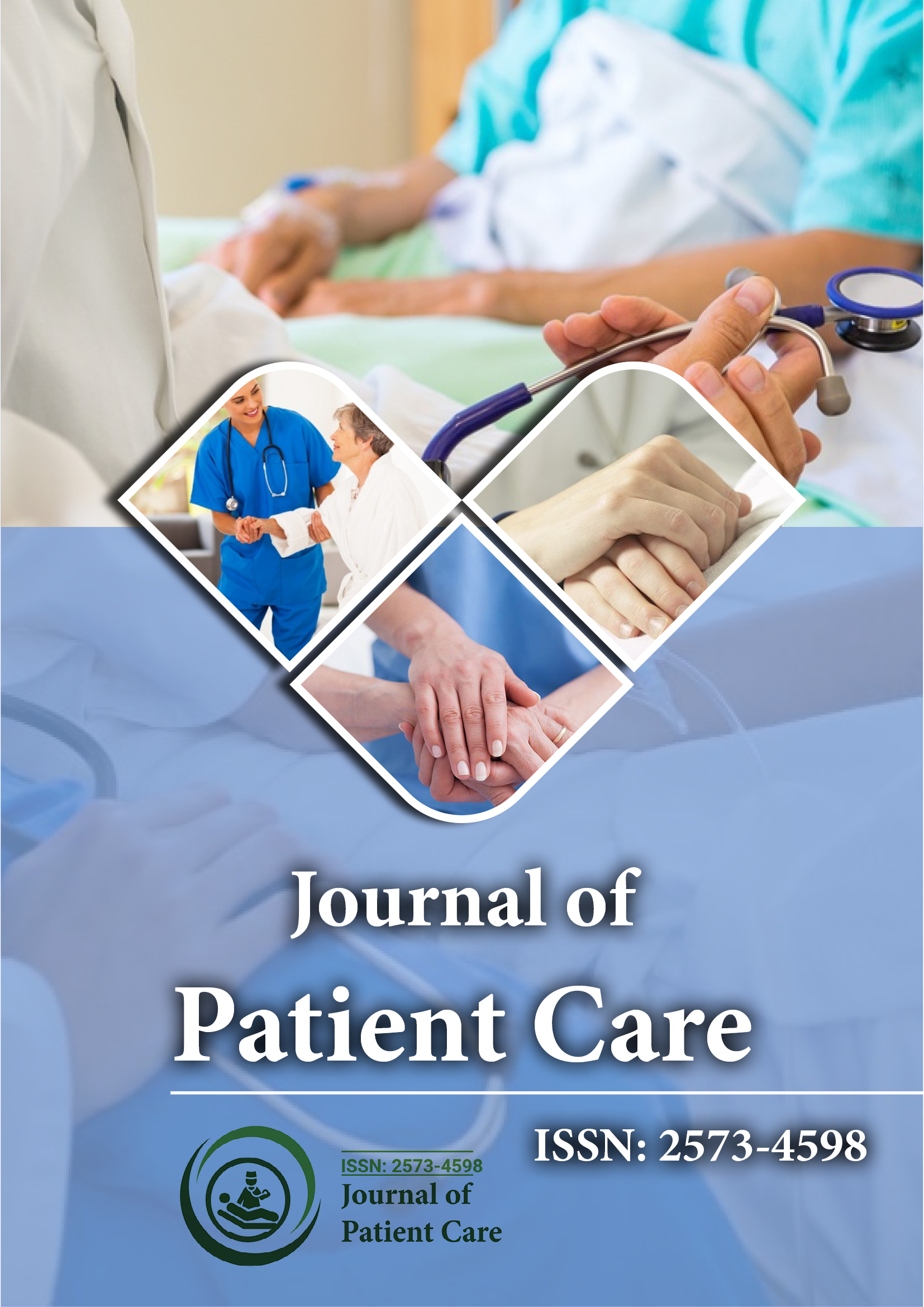Indexed In
- RefSeek
- Hamdard University
- EBSCO A-Z
- Publons
- Geneva Foundation for Medical Education and Research
- Euro Pub
- Google Scholar
Useful Links
Share This Page
Journal Flyer

Open Access Journals
- Agri and Aquaculture
- Biochemistry
- Bioinformatics & Systems Biology
- Business & Management
- Chemistry
- Clinical Sciences
- Engineering
- Food & Nutrition
- General Science
- Genetics & Molecular Biology
- Immunology & Microbiology
- Medical Sciences
- Neuroscience & Psychology
- Nursing & Health Care
- Pharmaceutical Sciences
Opinion Article - (2023) Volume 9, Issue 6
Improving Healthcare Quality and Educating Nurses in the Advanced Field
Marc Corbeels*Received: 04-Oct-2023, Manuscript No. JPC-23-24407; Editor assigned: 06-Oct-2023, Pre QC No. JPC-23-24407; Reviewed: 23-Oct-2023, QC No. JPC-23-24407; Revised: 30-Oct-2023, Manuscript No. JPC-23-24407; Published: 06-Nov-2023, DOI: 10.35248/2573-4598.23.9.262
Description
Efficient patient flow and reduced length of stay are acute goals in the Emergency Department (ED) setting. The fast-track area in the ED is designed to provide prompt care to patients with less severe conditions, aiming to expedite their treatment and discharge. Implementing nurse standard work in the fast-track area can streamline processes, improve workflow, and ultimately lead to a reduction in patient length of stay. This article explores the concept of nurse standard work and its implementation in the ED fast-track area as a quality improvement initiative. Nurse standard work is a structured approach that defines the optimal way of performing nursing tasks and responsibilities consistently and efficiently. It involves standardizing processes, roles, and expectations, thereby promoting a systematic and organized approach to care delivery.
By implementing nurse standard work, EDs can enhance patient care, improve efficiency, and reduce variability in practice. Length of stay is a central metric that reflects the time patients spend in the ED from arrival to discharge. Prolonged length of stay not only affects patient satisfaction but can also lead to overcrowding, increased waiting times, and compromised quality of care. By focusing on reducing length of stay, EDs can enhance patient flow, improve access to care, and create a more efficient healthcare system. The first step in implementing nurse standard work is to map and analyze the current processes in the fast-track area. This includes identifying blocks, inefficiencies, and areas for improvement. Gathering input from front staff is central to understand the existing challenges and potential solutions. Implementing standardized triage and assessment protocols ensures consistent and timely evaluation of patients in the fasttrack area. This helps prioritize care based on acuity and facilitates appropriate resource allocation.
By standardizing workflows and task assignment, nurses can work more efficiently and collaboratively. Clear guidelines on responsibilities, handoffs, and documentation promote seamless care delivery and reduce unnecessary delays. Regular interdisciplinary team meetings adoptive open communication and collaboration. Leveraging technology can improve efficiency and accuracy in the fast-track area. Electronic Health Records (EHRs), Computerized Physician Order Entry (CPOE), and barcode scanning systems enhance documentation, medication safety, and information sharing. Implementing nurse standard work is an ongoing process. Regular monitoring of key performance indicators, such as length of stay and patient satisfaction, helps identify areas that require further improvement.
Data-driven analysis enables evidence-based decision-making and raises a culture of continuous quality improvement. Implementing nurse standard work in the fast-track area can yield several benefits and outcomes, including Streamlining processes and improving efficiency leads to quicker treatment and discharge, ultimately reducing the time patients spend in the ED. Efficient workflow and standardized processes improve patient flow, reducing overcrowding and waiting times. Clear roles, responsibilities, and expectations contribute to staff satisfaction and engagement, leading to a positive work environment. Standardized processes and communication protocols help minimize errors and promote safe care delivery.
Conclusion
Implementing nurse standard work in the fast-track area of the ED is a quality improvement initiative that can lead to reduced patient length of stay and improved patient outcomes. By standardizing processes, streamlining workflow, enhancing communication, utilizing technology, and continuously monitoring and improving, EDs can optimize patient care and create a more efficient healthcare system. The implementation of nurse standard work in the fast-track area has the potential to enhance patient flow, improve staff satisfaction, and promote patient safety. By prioritizing this quality improvement initiative, EDs can strive to provide timely and effective care to their patients, ultimately improving outcomes and optimizing the healthcare experience for all involved.
Citation: Corbeels M (2023) Improving Healthcare Quality and Educating Nurses in the Advanced Field. J Pat Care. 9:262.
Copyright: © 2023 Corbeels M. This is an open-access article distributed under the terms of the Creative Commons Attribution License, which permits unrestricted use, distribution, and reproduction in any medium, provided the original author and source are credited.
